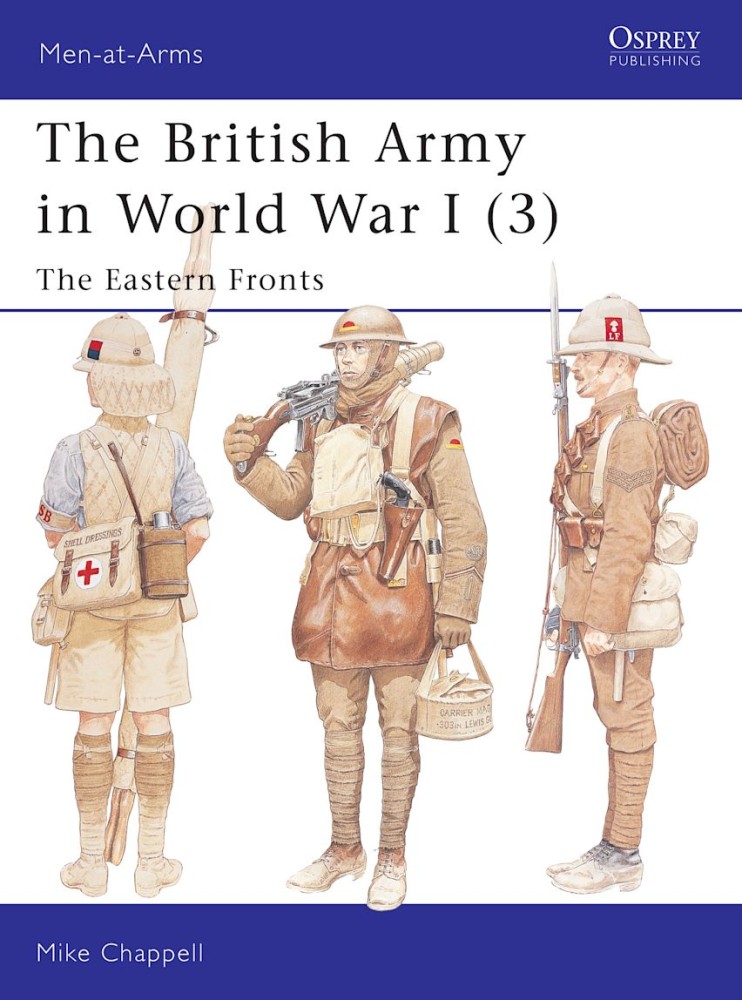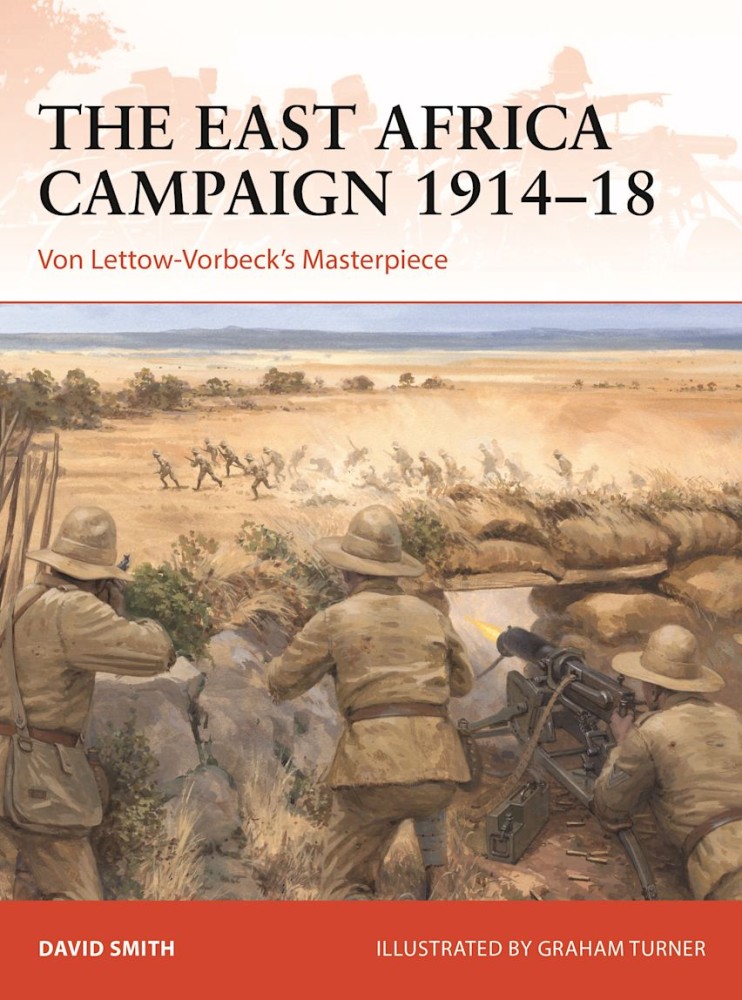1x General (3Kn)—ROBR19 or (3Cv)—ROBR14 1x Comitatus (3Cv)—ROBR15 4x Light Horse (2Lh)—ROBR20 or Peydt (4Sp)—ROBR05 4x Peydt (4Sp)—ROBR05 or Peasants (7Hd)—ROBR04 2x Javelinmen (2Ps)—PICT09 Total Figures: 17 Cavalry and 64 Infantry
**Please note that the picture is not of the contents of the army but simply provided to give a sense of what the figures look lik
Although Britain's greatest commitment of land forces was on the Western Front, British, Empire and Dominion troops also fought in other theatres of operations – and in some cases continued to fight there after the Armistice had ended hostilities in the West. This last of our series of three titles describes these far-flung campaigns, in Italy, the Balkans, the Middle East, several parts of Africa, Russia, China, and even the North-West Frontier of India. The text is illustrated with contemporary photographs, and with meticulous colour plates of British, African, Indian and Australian troops, in the uniforms and equipment used on battle fronts from the desert sands to the snows of north Russia.
The East African Campaign in World War I comprised a series of battles and guerrilla actions which began in German East Africa in 1914 and spread to portions of Portuguese Mozambique, northern Rhodesia, British East Africa, the Uganda Protectorate, and the Belgian Congo. German colonial forces under Lieutenant-Colonel Paul von Lettow-Vorbeck attempt to divert Allied forces from the Western Front. Despite the efforts of the Allied forces, Lettow-Vorbeck's troops remained undefeated at the end of the war.
In this fascinating work, David Smith documents how a wide array of British, Indian, South African, Belgian, Portuguese and local native forces invaded German East Africa and slowly ousted the German forces, a process made tortuous by Lettow-Vorbeck's masterful management of the campaign. Among the events covered in this work are the Battle of Tanga, the scuttling of the Königsberg, the German railway campaign, and the battles at Salaita Hill, Kondoa-Irangi, Mahenge, Mahiwa and Namacurra.
Colourful period and specially commissioned illustrations bring to life a wide-ranging and eventful campaign in which a high price was extracted for every inch of ground given up.



